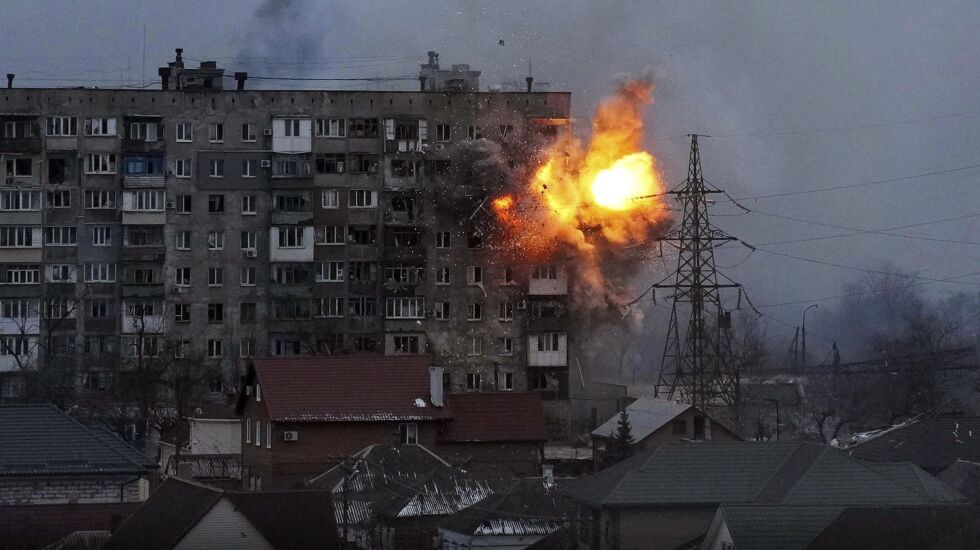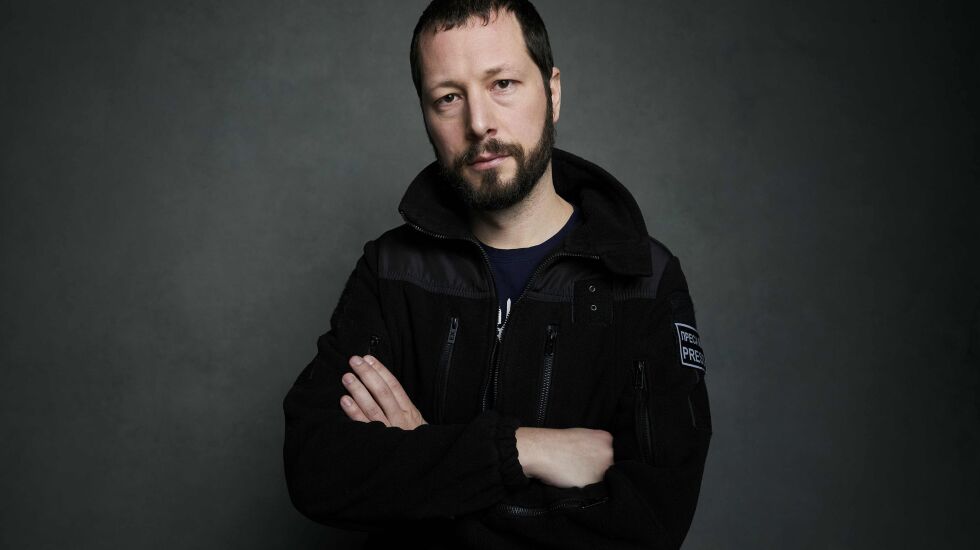
Associated Press video journalist Mstyslav Chernov had just broken out of Mariupol after covering the first 20 days of the Russian invasion of the Ukrainian city and was feeling guilty about leaving. He and his colleagues, photographer Evgeniy Maloletka and producer Vasilisa Stepanenko, had been the last journalists there, sending crucial dispatches from a city under a full-scale assault.
The day after, a theater with hundreds of people sheltering inside was bombed and he knew no one was there to document it. That’s when Chernov decided he wanted to do something bigger. He’d filmed some 30 hours of footage over his days in Mariupol. But poor — and sometimes no — internet connections made it extremely difficult to export anything. All told, he estimates only about 40 minutes of that successfully made it out to the world.
“Those shots which went out were very important. They went on the AP and then to thousands of news outlets,” Chernov said. “However, I had much more. ... I thought I should do something more. I should do something more with that 30 hours of footage to tell a bigger story and more context to show the audience of the scale.”
The bigger story became a documentary, “20 Days in Mariupol,” a joint project between The Associated Press and PBS “Frontline,” which is screening through Thursday at the Gene Siskel Film Center.

At the Sundance Film Festival earlier this year in Park City, Utah, it won the audience award for world cinema documentary. The team’s reporting was also awarded two Pulitzer Prizes, including the prestigious public service award and for breaking news photography.
Chernov knew there were many ways to tell this story. But he decided early on to keep it contained to those harrowing first 20 days that he and his colleagues were on the ground, to evoke the claustrophobic feeling of being trapped. He also chose to narrate it himself and tell it as a journalist would.
“It’s just a lens through which we see the stories of Mariupol’s residents, the death, their suffering the destruction of their homes,” he said. “At the same time, I felt that I can do it. I’m allowed to do it because I’m part of the community. I was born in eastern Ukraine and (a) photographer who worked with me was born in the city which is right next to Mariupol, which got occupied. So this is our story too.”
After Chernov left Mariupol and was finally able to catch up with the news reports around the world, he was stunned by the effect their footage had. They followed up with people they’d met during their time there, some who got out, others who didn’t, and asked whether or not they’d affected their lives.
Some said relatives had found them because of the footage, or that they’d been able to get help. Doctors and officials said it made it easier to negotiate the green corridor to safety.
“I don’t know how much of that is our footage, how much of that is just what happens,” Chernov said. “But I really would like to believe that we did make a difference, because I guess that’s what journalism is about, to inform people so they make certain decisions.”
Director Mstyslav Chernov is scheduled to participate in an in-person Q&A after the 6;15 p.m. Tuesday screening of “20 Days in Mariupol” at the Gene Siskel Film Center.







